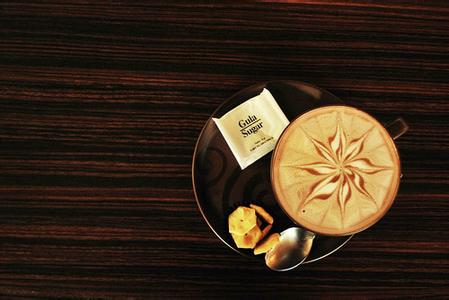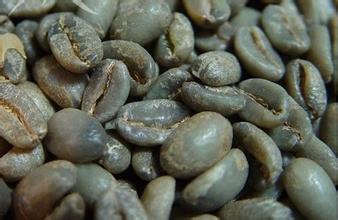Flavor description of 90 + Honey Kiss Coffee beans introduction to the taste of grinding scale variety treatment method
Flavor description of 90 + Honey Kiss Coffee beans introduction to the taste of grinding scale variety treatment method
A shepherd named Kaldi in the subhighlands became very lively and energetic when he discovered that his sheep had inadvertently eaten the fruit of a plant. All historians seem to agree that the birthplace of coffee is the Kaffa region of Ethiopia. But the earliest people who planned to grow and eat coffee were Arabs, and the name coffee is thought to come from the Arabic "Qahwah", which means plant drink.
Coffee for drinking is said to have begun at the beginning of the eleventh century, and the record can be seen in ancient Arab documents. Before that, coffee beans were dried and boiled in the Arab region and then drank as stomach medicine, but it was later learned that coffee also had a refreshing effect, coupled with the strict Muslim commandments that forbade believers from drinking alcohol. Believers drank coffee juice from roasting as an exciting drink instead of alcohol. It is said that locals know how to roast raw beans and use them after the 13th century.
In 2009, the coffee was named after "Nectar from Shakisso", meaning it has the same flavor as nectar from Ethiopia. Nekisse is characterized by a creamy and smooth taste, a strong berry sauce, and some batches even have a mixture of chamomile and a variety of tropical fruits. Although it was originally grown in the Shakisso producing area, the later Nekisse came from the Walliga and Sidamo producing areas, but retained the name. We think Honey Kiss in Sidamo retains its original nectar and berry flavor, which distinguishes it from all other coffees from Ethiopia.
In 2009, the coffee was named after "Nectar from Shakisso", meaning it has the same flavor as nectar from Ethiopia. Nekisse is characterized by a creamy and smooth taste, a strong berry sauce, and some batches even have a mixture of chamomile and a variety of tropical fruits. Although it was originally grown in the Shakisso producing area, the later Nekisse came from the Walliga and Sidamo producing areas, but retained the name. We think Honey Kiss maintains its original nectar and berry flavor when planted in Sidamo, which distinguishes it from all other coffees from Ethiopia.

Important Notice :
前街咖啡 FrontStreet Coffee has moved to new addredd:
FrontStreet Coffee Address: 315,Donghua East Road,GuangZhou
Tel:020 38364473
- Prev

Description of Flower Butterfly Coffee Taste and Flavor description Grinding scale Variety producing area Manor
Butterfly coffee taste and characteristic flavor description grinding scale variety production area manor introduction Geisha, with hurricane-like power to sweep the coffee world, the coffee revolution is fierce, so that once occupied the throne of the coffee kingdom for a long time the blue mountains of Jamaica, Hawaii Kona also have to retreat, this wild species originally from Ethiopia, after numerous battles, now
- Next

Coffee beans are the part of coffee fruit.-how do coffee beans make coffee?
Coffee beans are the part of coffee fruit-how do coffee beans make the evergreen leaves of coffee trees, with pointed ends and two opposite groups. The surface of the leaf is dark green, the back is light green, and the blooming flower is pure white. There are five stamens and one pistil in the flower, and the petals are usually five, but some are six or even eight. The flower will give off a jasmine fragrance.
Related
- Guji coffee producing area of Guji, Ethiopia: Humbela, Shakiso, Wulaga
- What is the most expensive variety of Qiloso in BOP multi-variety group?
- How to store the coffee beans bought home?
- Why are Yemeni coffee beans so rare now?
- Ethiopian Sidamo all Red Fruit Sun Sun Santa Vini Coffee beans
- SOE is mostly sour? What does it mean? Is it a single bean? what's the difference between it and Italian blending?
- Is Italian coffee beans suitable for making hand-brewed coffee?
- How to choose coffee beans when making cold coffee? What kind of coffee beans are suitable for making cold coffee?
- Just entered the pit to make coffee, what kind of coffee beans should be chosen?
- Can only Japan buy real Blue Mountain Coffee? What are authentic Jamaican Blue Mountain coffee beans?

